Now in its twelfth year, Class 46 is dedicated to European trade mark law and practice. This weblog is written by a team of enthusiasts who want to spread the word and share their thoughts with others.
Click here subscribe for free.
Who we all are...
On Puzzles, Functionality and the General Court – No More Fun and Games
The General Court (GC) recently handed down a judgment in Case T-601/17 Rubik's Brand v EUIPO, deciding – again – on whether the below three-dimensional mark representing the shape of the Rubik's Cube was purely functional:
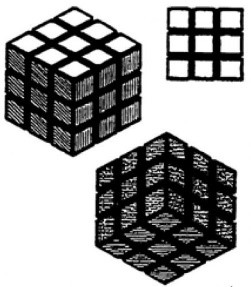
As many trade mark enthusiasts will know, this is the second time the mark in question made an appearance before the GC. For those interested, additional information on the Rubik's Cube saga can be found here. Today's post examines the present judgment and takes a look, more generally, at how (allegedly) functional signs fare before the GC (in the tradition of a previous piece on the fate of laudatory signs).
The saga, in short, turned on the question of whether the sign at issue was functional within the meaning of Article 7(1)(e)(ii) of Regulation 40/94. According to that provision, signs shall not be registered if they consist exclusively of the shape of goods which is necessary to obtain a technical result (NB: the current version of Article 7(1)(e)(ii) EUTMR includes the additional wording "…shape, or another characteristic").
The GC's first decision regarding the Rubik's Cube (of 25 November 2014) was later annulled by the CJEU (Case C-30/15 P, reported by the IPKat here). The CJEU held that the GC erred by taking the view "that for the purpose of examining the functionality of the essential characteristics of the sign concerned, […] the shape at issue, as represented graphically, should have been taken as a basis, without necessarily having to take into consideration any additional circumstances". The functionality of the sign, said the CJEU, should have been assessed in the light of the technical function of the actual goods concerned (i.e. a three-dimensional 'Rubik’s Cube'-type puzzle).
Taking those principles into account, the Board of Appeal (this time around) declared the mark at issue invalid. By the judgment at issue (of 24 October 2019), the GC dismissed the appeal filed by the trade mark owner. The Court's reasoning can be summarised as follows:
- The essential characteristics of the sign consisted of (1) the grid structure of 'black lines' and (2) the 'overall cube shape'.
- The intended technical result of the goods concerned could be defined as 'axially rotating, vertically and horizontally, rows of smaller cubes of different colours until the nine squares of each face of the cube show the same colour'.
- Both essential characteristics were necessary to obtain that intended technical result.
- The black lines represented a physical separation between the different smaller cubes, which was necessary to rotate the different rows of smaller cubes by means of a mechanism located in the centre of the cube.
- The overall cube shape was inseparable, on the one hand, from the grid structure, which divided each of the faces of the cube into nine smaller cubes, and, on the other, from the function of the actual goods at issue, which was to rotate these rows of the smaller cubes.
Making reference to Lego (Case C‑48/09 P) and Philips (Case C‑299/99), the GC found that the arguments put forward by the trade mark owner could not call these findings into question. It was deemed irrelevant that…
- …the graphic representation of the contested mark did not reveal all the elements which were necessary for the implementation of the technical solution concerned, such as the additional colours on and the mechanism internal to the Rubik's Cube (paras. 95-96).
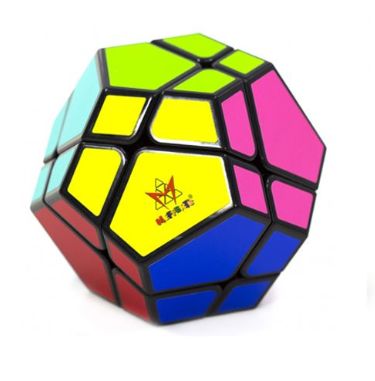
- …a three-dimensional puzzle with the same rotating capability could appear in shapes other than that of a cube (para. 90).
- …in the case of such alternative shapes, the grid structure appearing on their faces had a higher or lower number of horizontal and vertical lines and that the lines could be of a different thickness or colour from those appearing on the contested mark (para. 88).
Without a doubt, some will criticise the present decision for applying too strict a test in assessing the functionality of the sign at issue. Others, however, may praise the GC for stringently applying the principles established by the CJEU. At any rate, it is difficult to deny that (allegedly) functional signs currently face difficult times before the GC if the below non-exhaustive list of judgments is anything to go by:
| TM | Goods (inter alia) | Case | Result |
|---|---|---|---|
 |
Three-dimensional puzzles | Purely functional | |
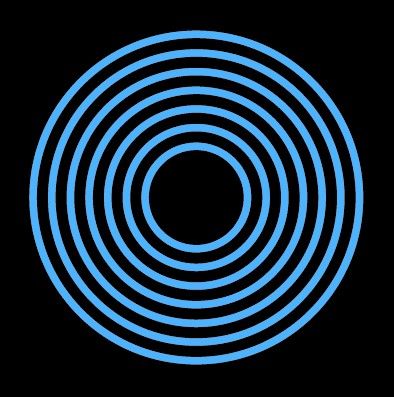 |
Cable and pipe penetration seals, made from plastic or rubber | Purely functional | |
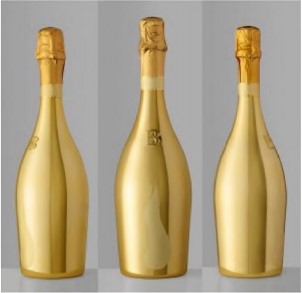 |
Alcoholic beverages (except beers) | Not functional | |
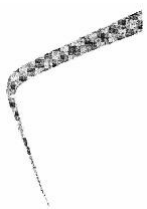 |
Tyres |
|
Not functional |
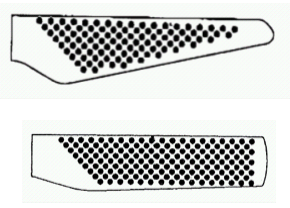 |
Cutlery, scissors, knives | Purely functional | |
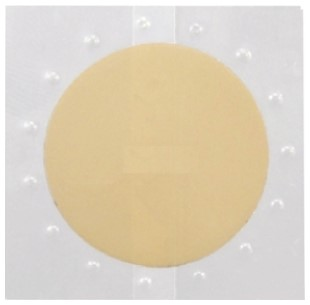 |
Pharmaceutical preparations for the treatment of dementia of the Alzheimer’s type | Purely functional | |
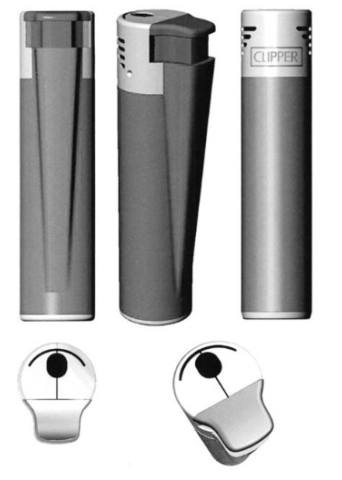 |
Lighters for smokers | Purely functional | |
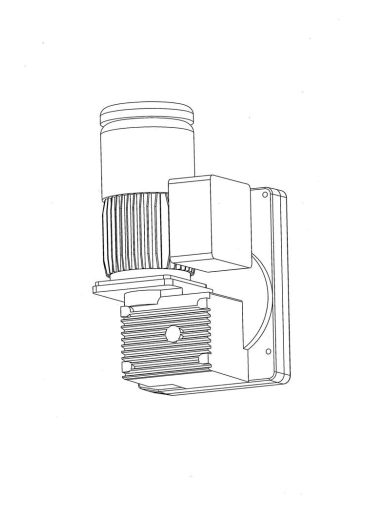 |
Winches with power cable | Purely functional |
Posted by: Christian Tenkhoff @ 08.14
Tags: Functionality, three-dimensional, General Court, Absolute Grounds, EUTM, shape,


 Sharing on Social Media? Use the link below...
Sharing on Social Media? Use the link below...Perm-A-Link: https://www.marques.org/blogs/class46?XID=BHA4809

